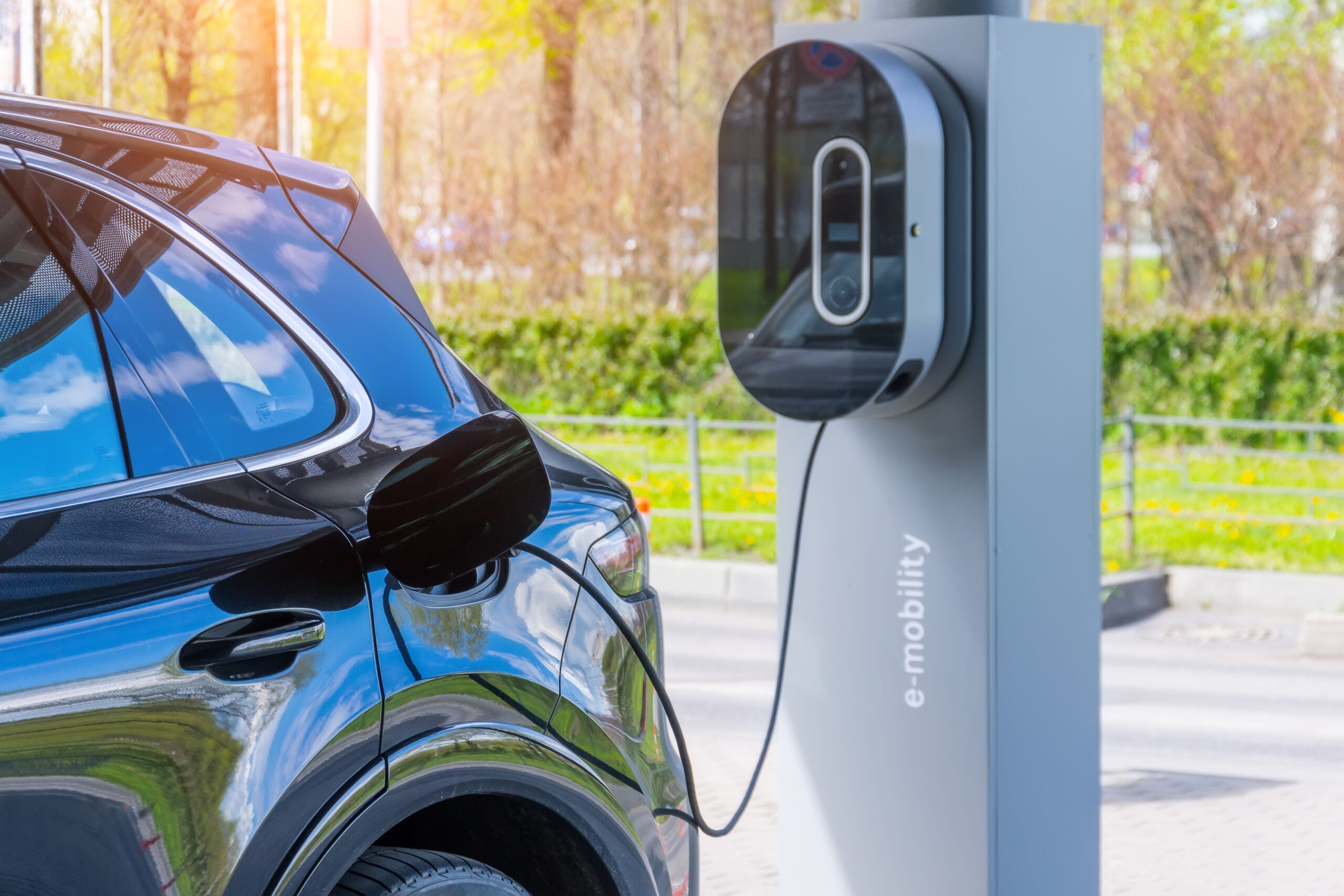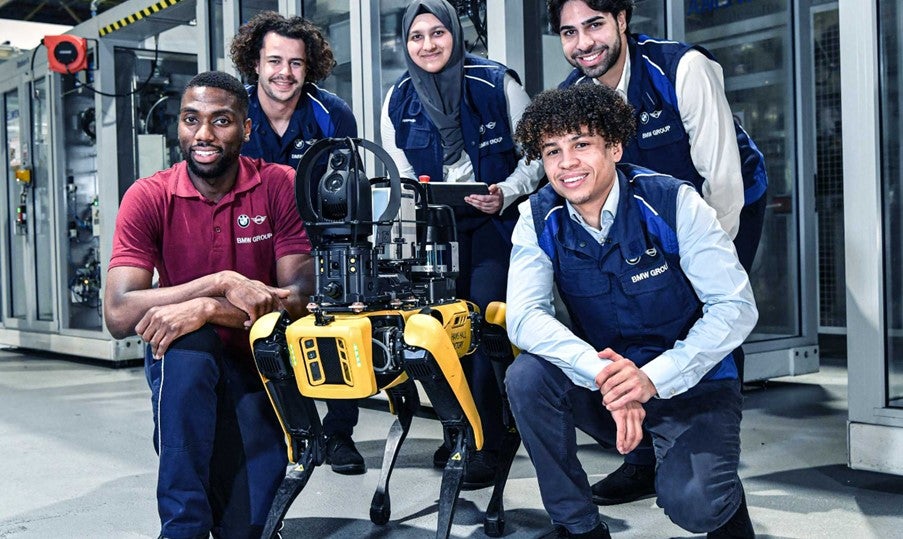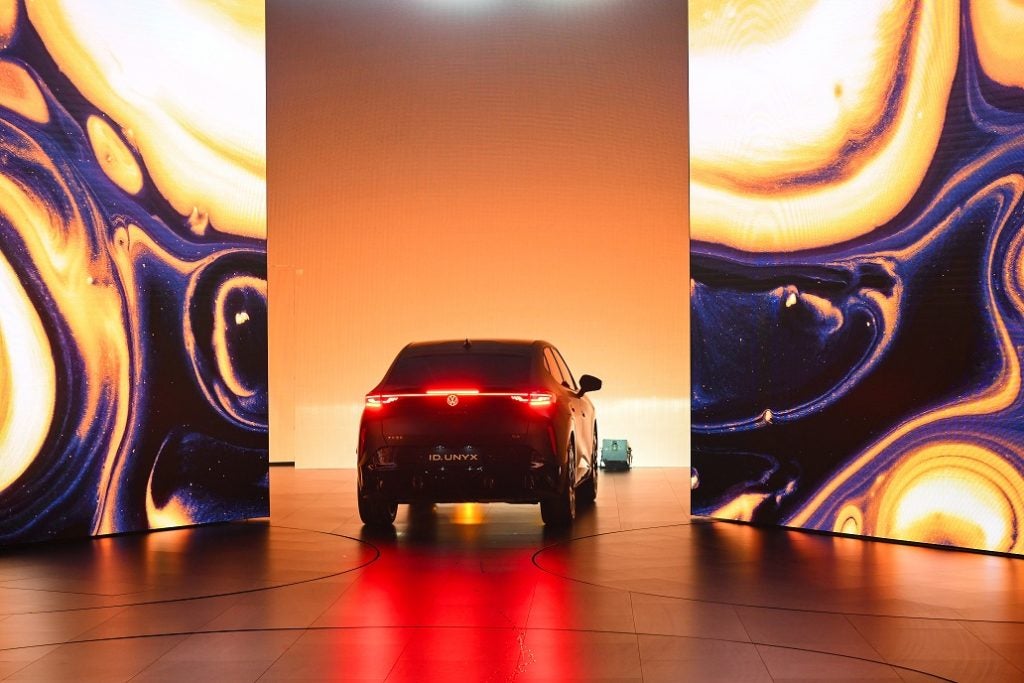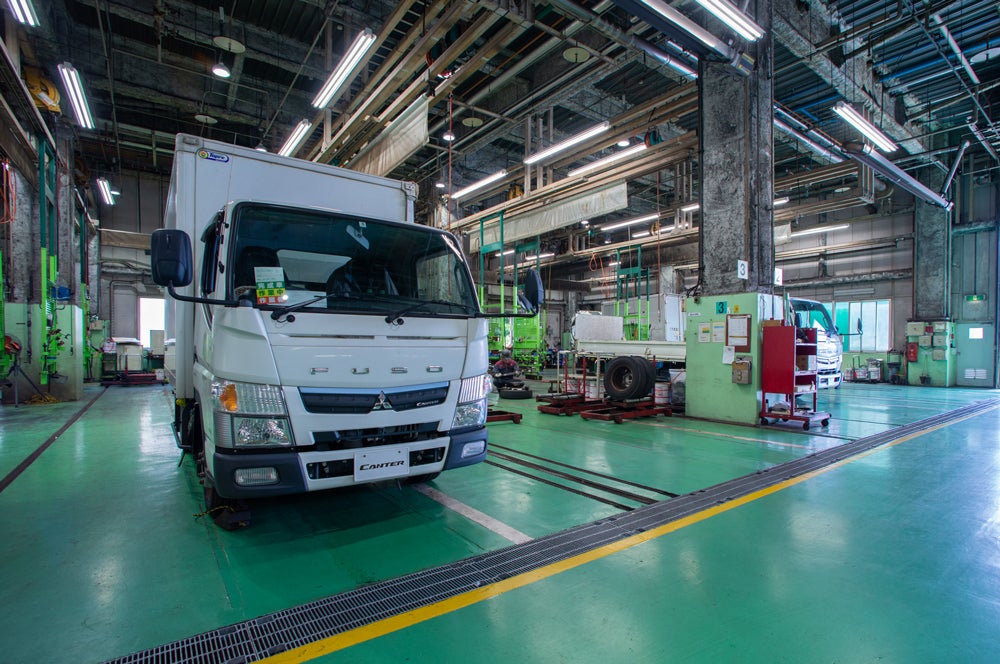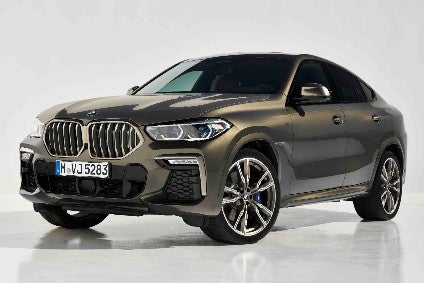
The second part of just-auto.com’s focus on BMW Group’s future models now turns to SUVs, including certain PHEV models.
The third generation X1 is expected to appear in early 2022. It will use Frontantriebsarchitektur, a new platform derived from the existing UKL1 and UKL2. FAAR is BMW Group’s next generation front- and all-wheel drive architecture.
There is speculation that the brand’s smallest SUV could be one of the models which BMW will manufacture at the Hungarian plant which it announced in July 2018. The factory is near Debrecen, the country’s second largest city, about 200 km east of Budapest. Initial capacity will be 150,000 vehicles per annum.
How well do you really know your competitors?
Access the most comprehensive Company Profiles on the market, powered by GlobalData. Save hours of research. Gain competitive edge.

Thank you!
Your download email will arrive shortly
Not ready to buy yet? Download a free sample
We are confident about the unique quality of our Company Profiles. However, we want you to make the most beneficial decision for your business, so we offer a free sample that you can download by submitting the below form
By GlobalDataThe X2 xDrive25e is a petrol plug-in hybrid. Announced to the media in January, but not on sale for a further four months due to COVID-19, it shares a powertrain with the X1 xDrive25e and X1 xDrive25Le. This consists of a 92 kW/125 hp 1,499 cc three-cylinder turbo which has maximum torque of 220 Nm. Power is transferred to a six-speed Steptronic automatic transmission and drives the front wheels. The electric motor generates outputs of 70 kW/95 hp and 165 Nm. This is sent to the rear wheels via a single-speed transmission. Combined outputs are 162 kW/220 hp and 385 Nm. Range in EV mode is 55-57 km.
As in the standard and extended X1 PHEVs, the so-called eAxle system is supplied from GKN’s facility in Bruneck. Even though it is made in Italy, GKN says the application and development work for the technology was conducted by its operations in Shanghai. The electric axle weighs 20.2 kg and its compact dimensions facilitate packaging and installation in smaller vehicles.
The single-speed design has a transmission ratio of 12.5:1, reducing the electric motor speed in two stages. The system generates up to 2,000 Nm and 70 kW of additional torque and power – enough for a vehicle in electric mode to achieve speeds of up to 125 km/h and for an all-wheel drive (AWD) mode that accelerates faster than conventional mechanical AWD systems.
When hybrid operation is not required, an electro-mechanically actuated dog clutch disconnects the e-machine from the driveline, minimising losses at higher vehicle speeds. GKN says it has also optimised gear and bearing arrangements for optimum efficiency, NVH (noise, vibration and harshness) and durability.
As with other versions of the X2, the PHEV should be facelifted in 2021 and replaced in 2025.
The second generation X2 isn’t due for release until 2025, which should be around three years after today’s model is facelifted. The successor will use FAAR.
It is not yet known what models will be made there but BMW stated in October 2018 that it would erect a second Tiexi plant in Shenyang. The next X2 might be one of the models to be built at the site. The statement was as follows:
“…the joint venture [BMW Brilliance Automotive] also announced an investment of more than three billion euros in new and existing plant structures in Shenyang over the coming years. In Tiexi, a new plant on the existing plant ground will double the site’s capacity, while extensive remodelling and expansion measures will target the neighbouring plant in Dadong. Production capacity there will remain the same, but the structure of the plant will gradually be expanded for future BMW model variants and the expected market growth. As a result, the total annual production capacity of BMW automobiles at the BBA plants will gradually increase to 650,000 units from the early 2020s, creating 5,000 new jobs”.
The X3 xDrive30e was a world debut at last year’s Geneva motor show. The plug-in hybrid system consists of a four-cylinder petrol engine and one motor channelling power to all wheels. Their combined system output of 185 kW (252 hp) can be temporarily boosted by up to 30 kW (41 hp) when the electric motor’s peak output is deployed. A lithium-ion high-voltage battery gives the car a maximum all-electric range of up to 50 kilometres. As with other X3s, the mid-life facelift can be expected in 2021, to be followed by the next generation in 2024.
The X5 xDrive45e iPerformance was announced by BMW in September 2018. This plug-in hybrid is claimed to have an electric range of up to 80 km. Power comes from a 210 kW (286 PS) turbocharged 3.0-litre six-cylinder petrol engine and an 82 kW (112 PS) motor. The combined maximum output is 290 kW (394 PS) and 600 Nm.
The vehicle’s world premiere took place at the Geneva motor show in March 2019 and production commenced at the Spartanburg plant on 1 August last year. As with other X5s (see PLDB for details), the PHEV should have an LCI (Life Cycle Impulse is what BMW calls facelifts) in 2022 and a successor in 2025. There should also be a fully electric variant.
The X6, now in its third generation since the start of production last October, uses an evolution of the platform which debuted with 2015’s BMW 7 Series. Length is up by 26mm to 4,935mm.
Four variants, all turbocharged, were announced in July 2019:
- xDrive30d* (195 kW/265 hp and 620 Nm 2,993 cc in-line six-cylinder diesel)
- xDrive40i (250 kW/340 hp and 450 Nm 2,998 cc in-line six-cylinder petrol)
- M50d (294 kW/400 hp and 760 Nm 2,993 cc in-line six-cylinder diesel with four turbochargers)
- M50i (390 kW/530 hp and 750 Nm 4,395 cc petrol V8)
*to be replaced by a 210 kW/286 hp engine in August 2020
The X6 M was announced three months later, as was the X5 M and Competition versions of each. All four had their public debuts at a DTM race. Outputs from the 4.4-litre V8 are 441 kW (592 hp/600 PS) and 750 Nm (553 lb-ft), or in Competition spec, 460 kW (617 hp/625 PS) and 750 Nm (553 lb-ft).
BMW is said to be working on a model to be positioned above the X7. It is not yet known if the X8 will be a longer version of the X7 or instead a coupe-style model in the way that the X6 relates to the X5. The company has applied to trademark ‘X8 M’ in Germany.
Reports for many other manufacturers’ future models are grouped in the OEM product strategy summaries section of just-auto.com.
Future platform intelligence
More detail on past, current and forthcoming models can be found in PLDB, the future vehicles database which is part of GlobalData’s Automotive Intelligence Center. That includes various BMW SUVs not reported on above.
This, the second of six features exploring the passenger car brands of BMW AG, follows a look at what’s ahead for the BMW brand’s cars. Next come M division; then BMW i; Mini; and finally, Rolls-Royce.

